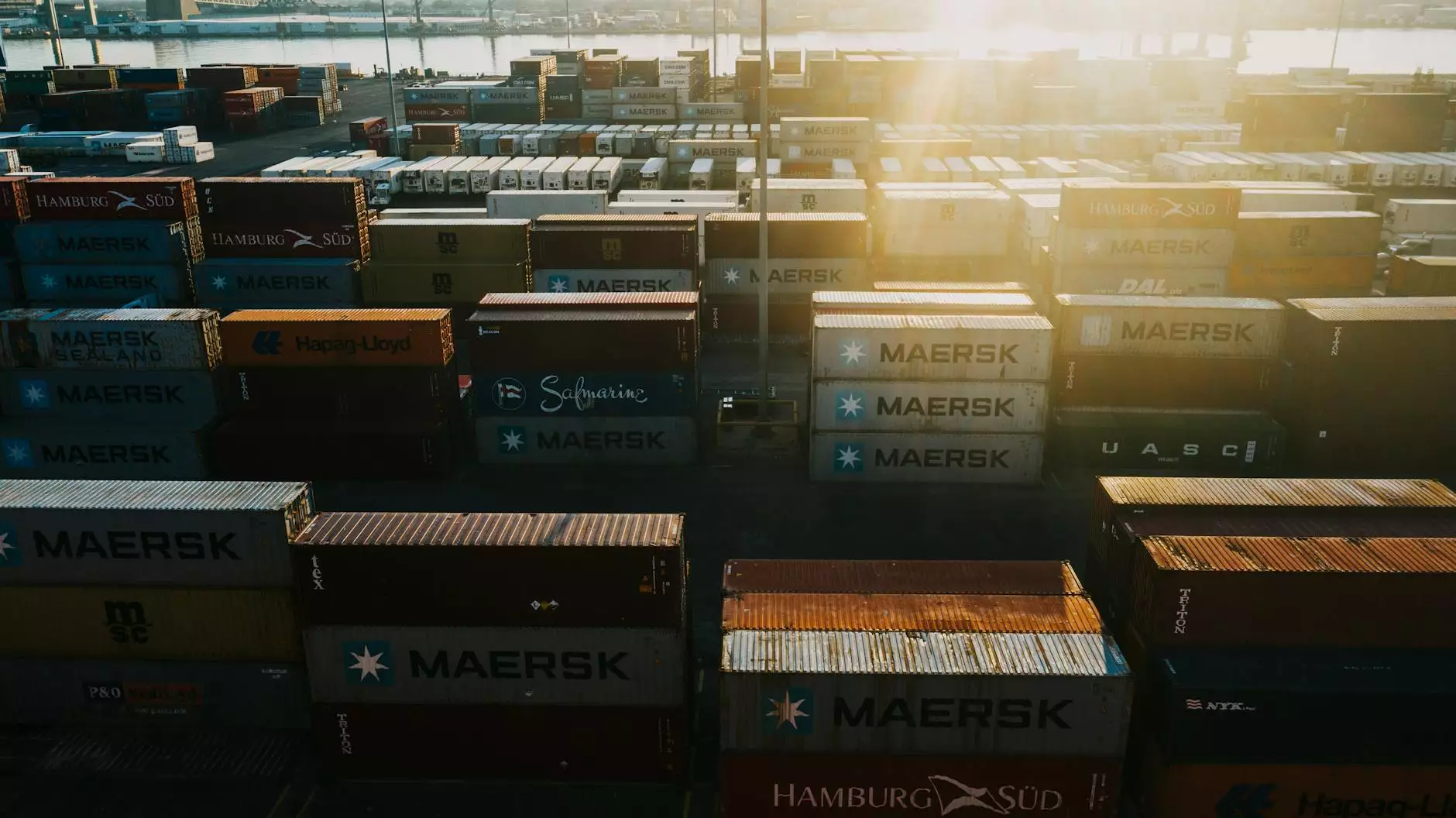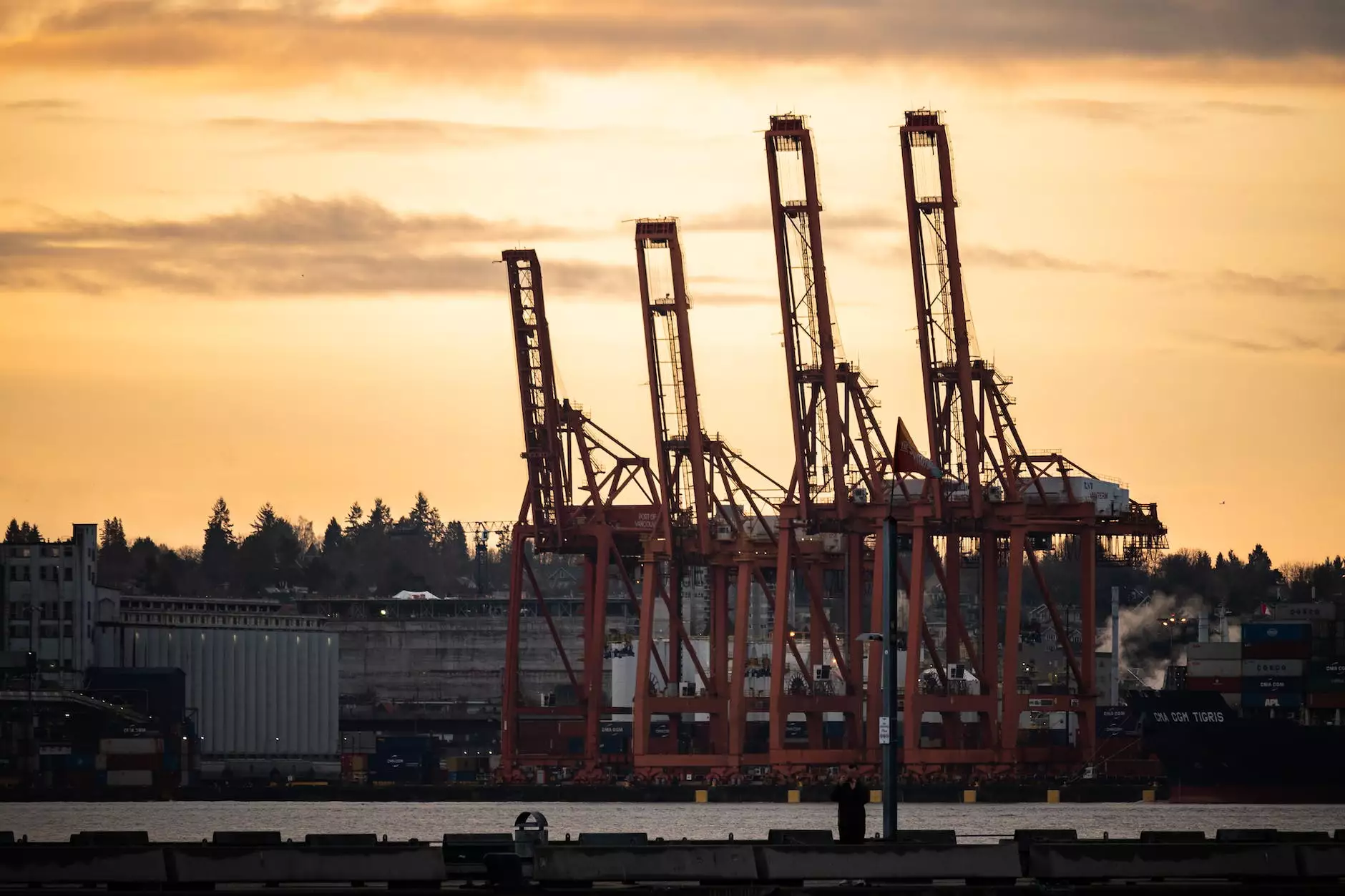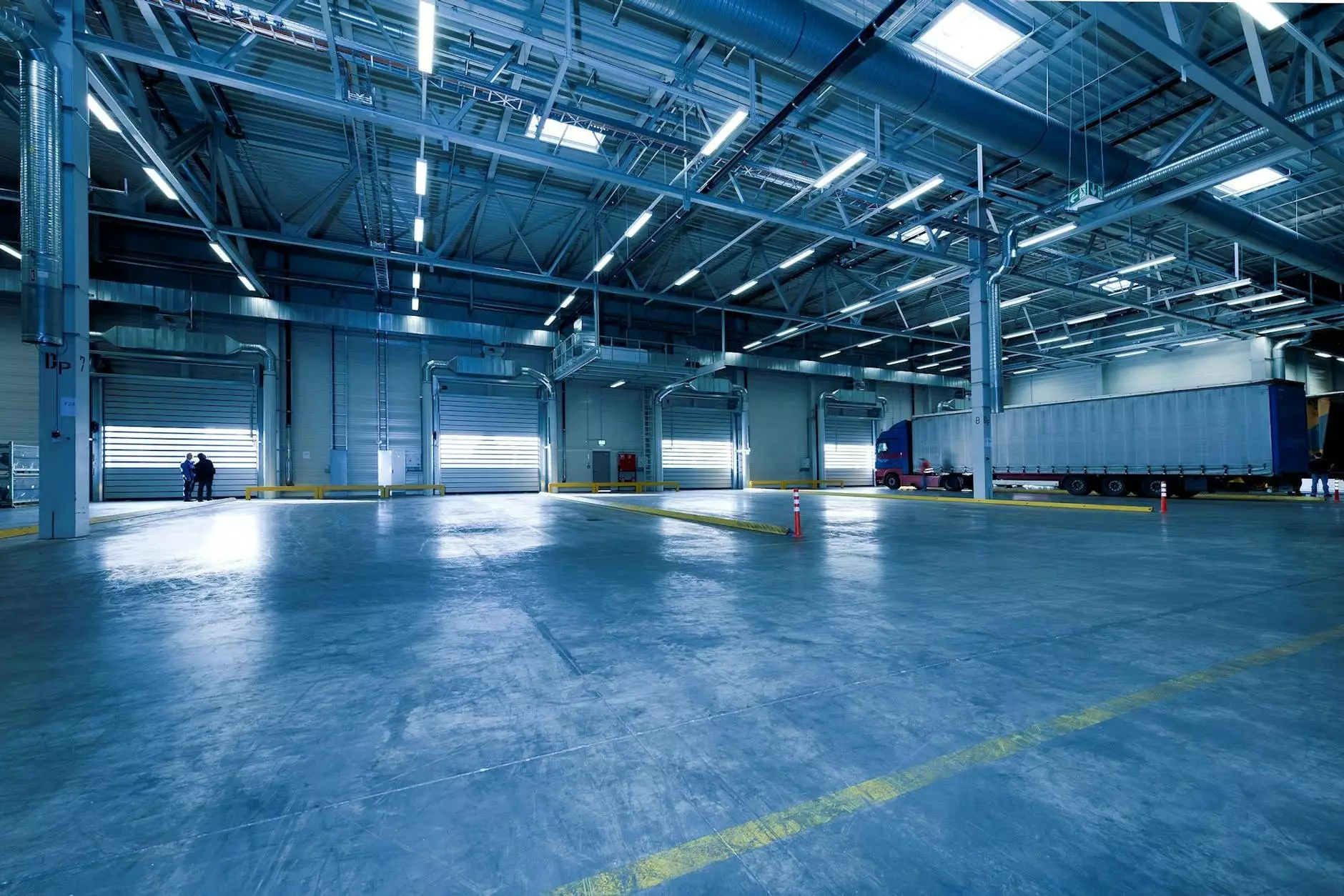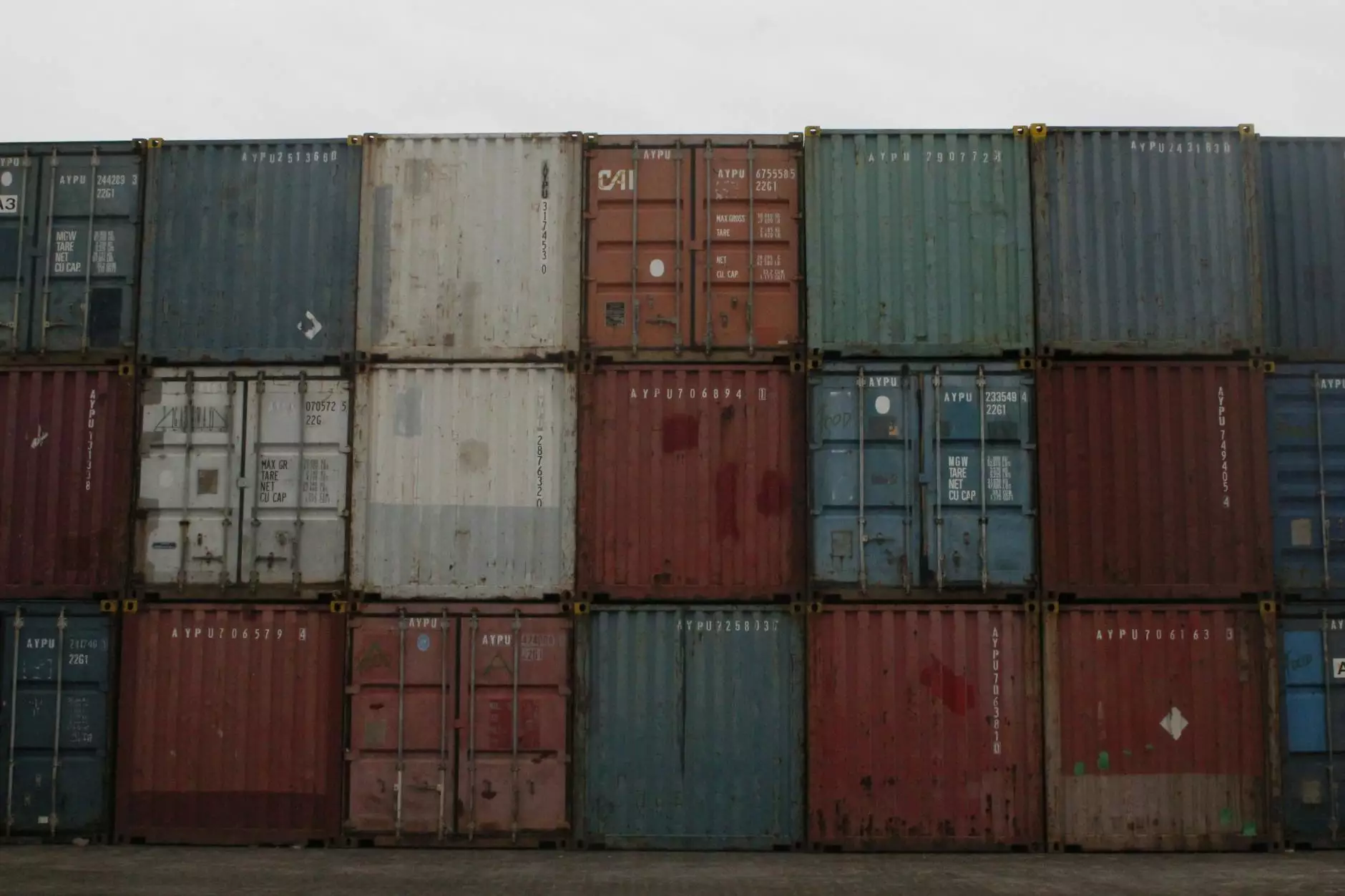Understanding Shipping Container Sizes

Overview
As a leading provider in the Business and Consumer Services category, STS Towing is committed to keeping you informed about all aspects of shipping containers. In this comprehensive guide, we will delve into the world of shipping container sizes, providing detailed information to help you make informed decisions based on your unique requirements.
Shipping containers are the backbone of global trade, facilitating the transportation of goods across long distances. Understanding the different container sizes and their specific purposes is essential for optimizing cargo handling, logistics, and storage efficiency.
Standard Container Sizes
Standard shipping containers come in various sizes, each designed to cater to specific industry needs and cargo types. Here, we will discuss the most common container sizes used in international trade.
20-Foot Container
The 20-foot container, also known as a "Twenty-footer" or simply "TEU" (Twenty-foot Equivalent Unit), is widely used in shipping due to its versatility and cost-effectiveness. With dimensions of 20 feet in length, 8 feet in width, and 8.5 feet in height, this container can hold up to approximately 1,170 cubic feet of cargo, weighing up to 22,040 pounds. It is suitable for transporting consumer goods, electronics, furniture, and a variety of other cargo types.
40-Foot Container
The 40-foot container, commonly referred to as a "Forty-footer" or "FEU" (Forty-foot Equivalent Unit), is the industry standard for bigger shipments. It measures 40 feet in length, 8 feet in width, and 8.5 feet in height, providing a larger capacity than the 20-foot container. With a volume of approximately 2,390 cubic feet and a maximum weight capacity of 44,090 pounds, this container is ideal for transporting bulky or larger items that require more space.
40-Foot High Cube Container
The 40-foot high cube container is similar to the standard 40-foot container in dimensions but offers additional vertical space. With a height of 9.5 feet, this container can accommodate taller cargo. The increased internal volume of approximately 2,700 cubic feet makes it suitable for shipping goods that exceed standard height restrictions, such as vehicles, machinery, or construction materials.
Specialized Container Types
In addition to the standard container sizes, specialized containers are available to meet specific transportation requirements. These containers are designed with unique features to accommodate specialized cargo, ensuring proper handling and protection during transit.
Refrigerated Containers
Refrigerated containers, commonly known as "reefers," are equipped with built-in cooling systems to regulate temperature and humidity levels, making them suitable for transporting perishable goods and sensitive materials. Reefer containers come in various sizes, ranging from 20 to 40 feet, and provide temperature-controlled environments to preserve the integrity and freshness of the cargo.
Open-Top Containers
Open-top containers are designed with removable roof sections, facilitating easy loading and unloading of oversized cargo or goods that require top accessibility. These containers are ideal for transporting machinery, vehicles, and other tall or heavy items that cannot be loaded through standard doors. Open-top containers come in standard lengths of 20 and 40 feet.
Flat-Rack Containers
Flat-rack containers are specifically designed to transport oversized and irregularly shaped cargo. They have collapsible walls that create a flat platform, allowing for easy loading and carrying of heavy machinery, construction materials, and other bulky items. These containers are available in various lengths, typically ranging from 20 to 40 feet.
Choosing the Right Container Size
When determining the appropriate container size for your shipment, several factors should be considered. These include the size and weight of the cargo, the transportation method, and any specific handling requirements. STS Towing can assist you in selecting the most suitable container size based on your unique needs, ensuring a streamlined and cost-effective shipping process.
Conclusion
Understanding shipping container sizes is crucial for effective cargo management and logistics. By familiarizing yourself with the different container types and their dimensions, you can optimize storage space, minimize shipping costs, and ensure the safe and efficient transportation of your goods. STS Towing is your trusted source for comprehensive information on shipping containers and will continue to provide valuable insights into various aspects of the industry.









